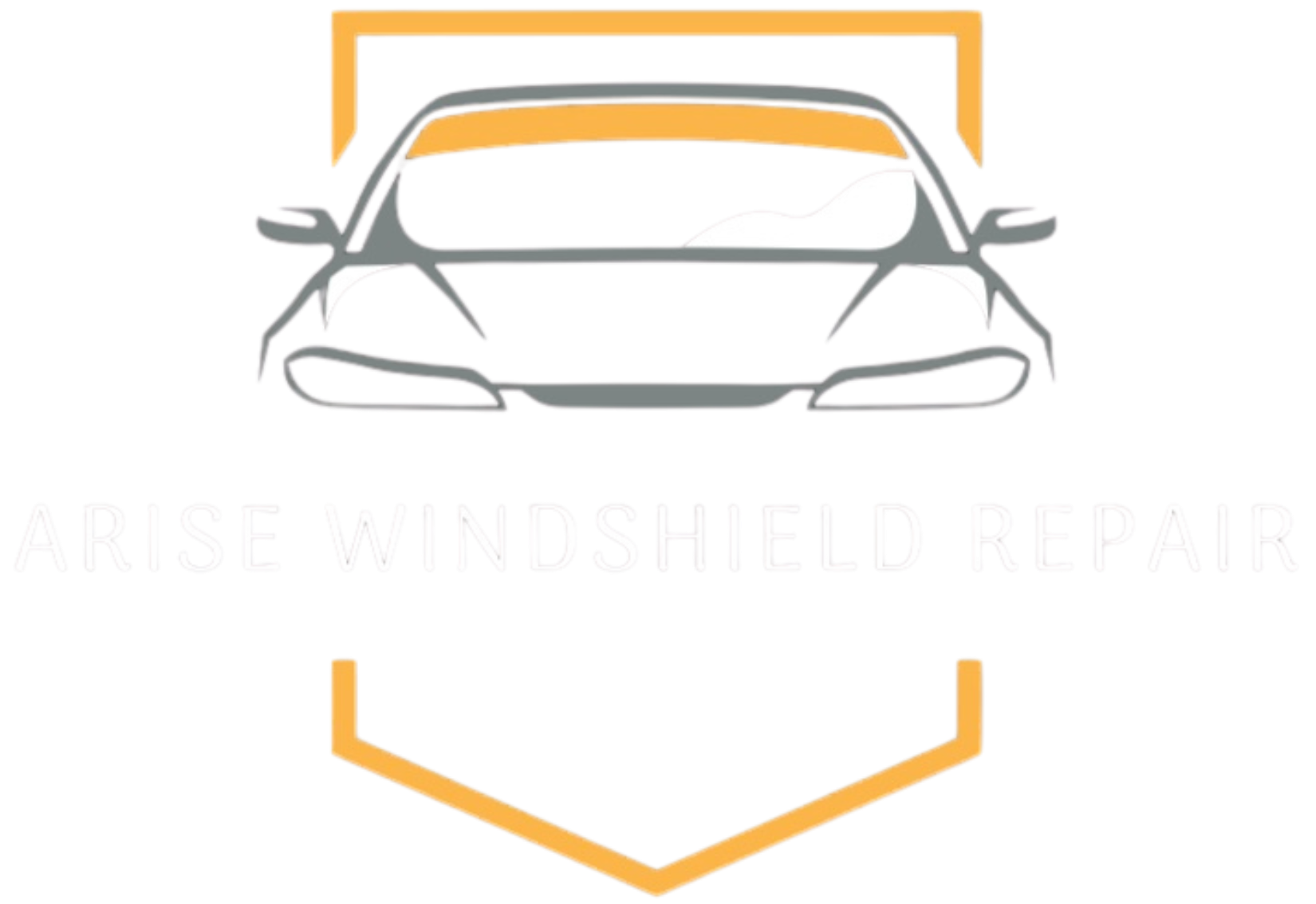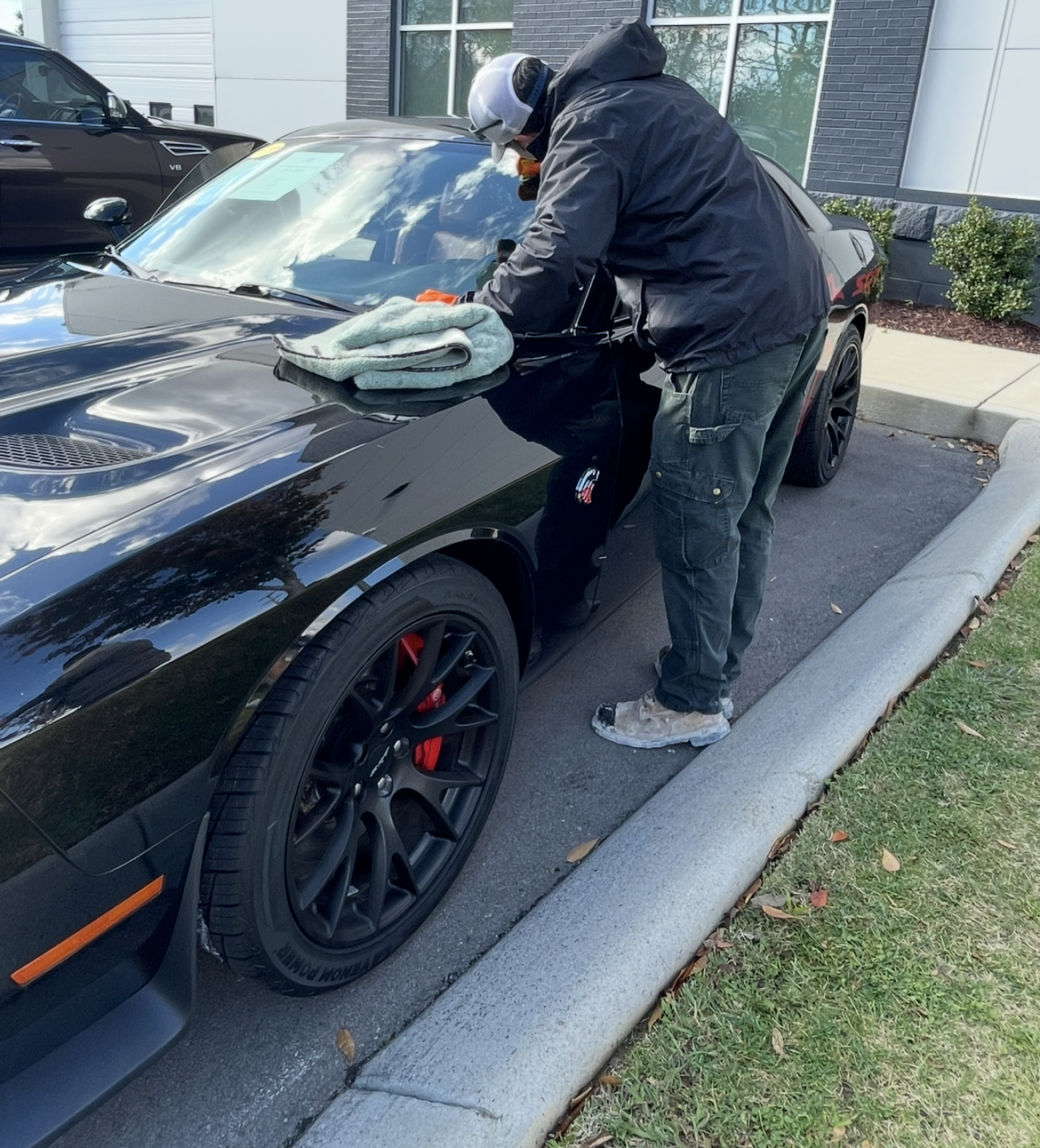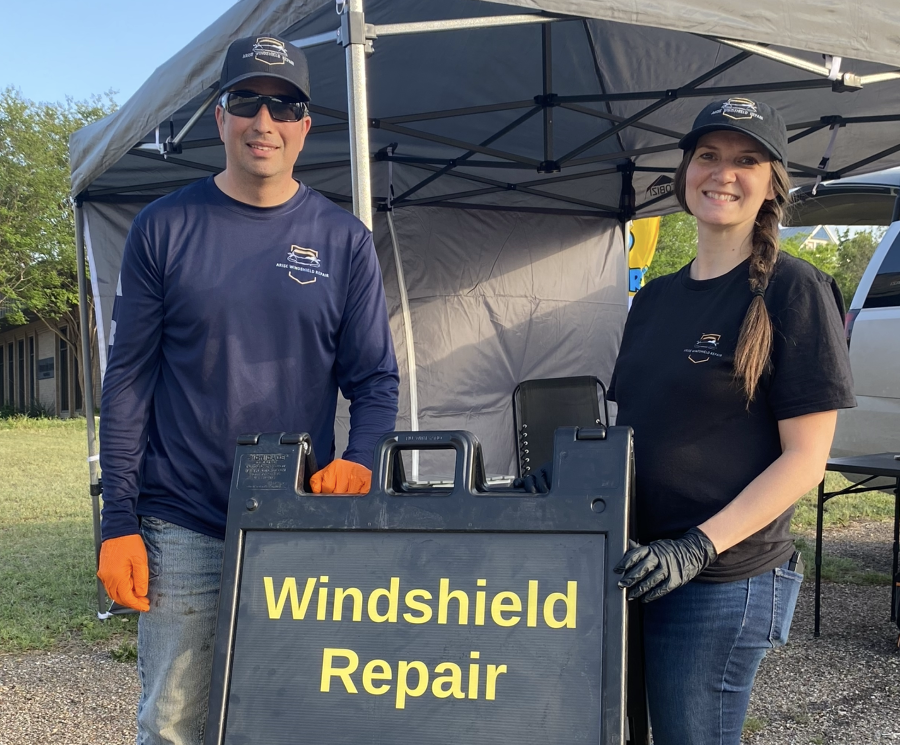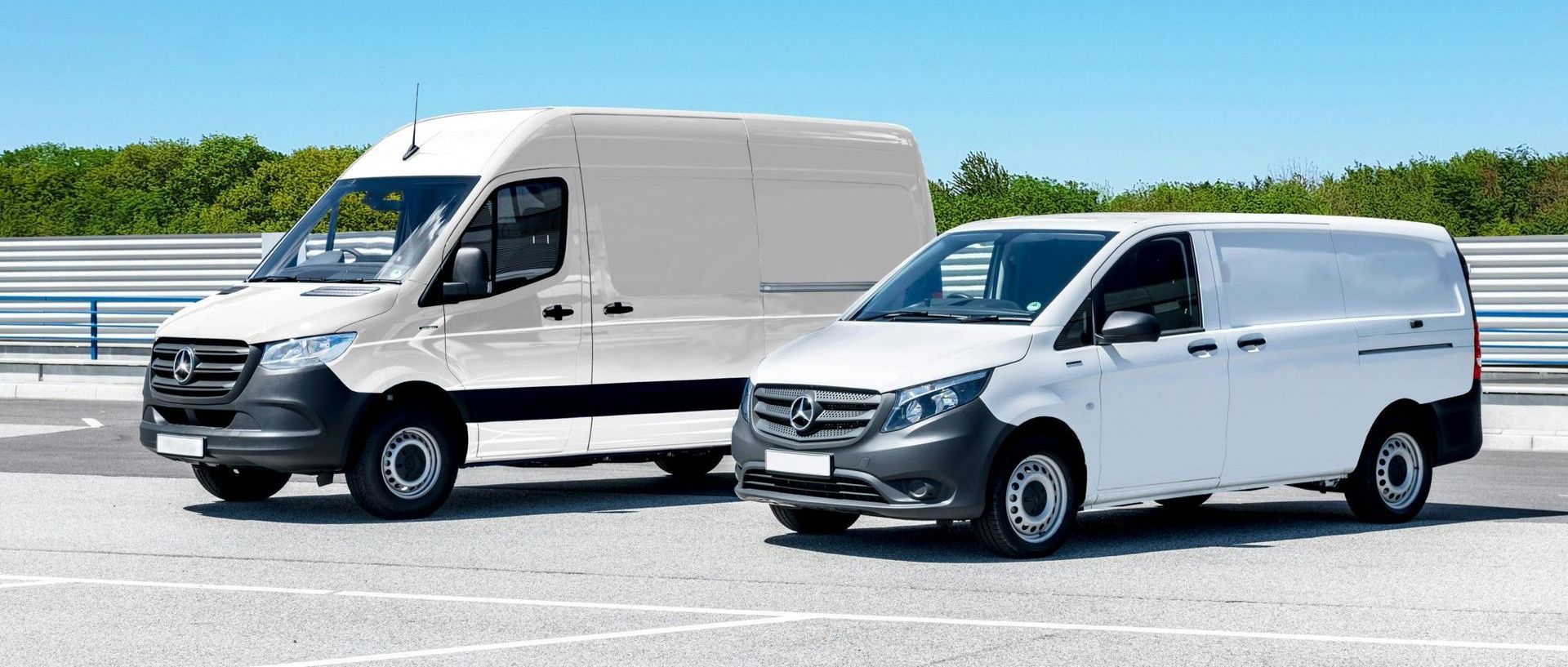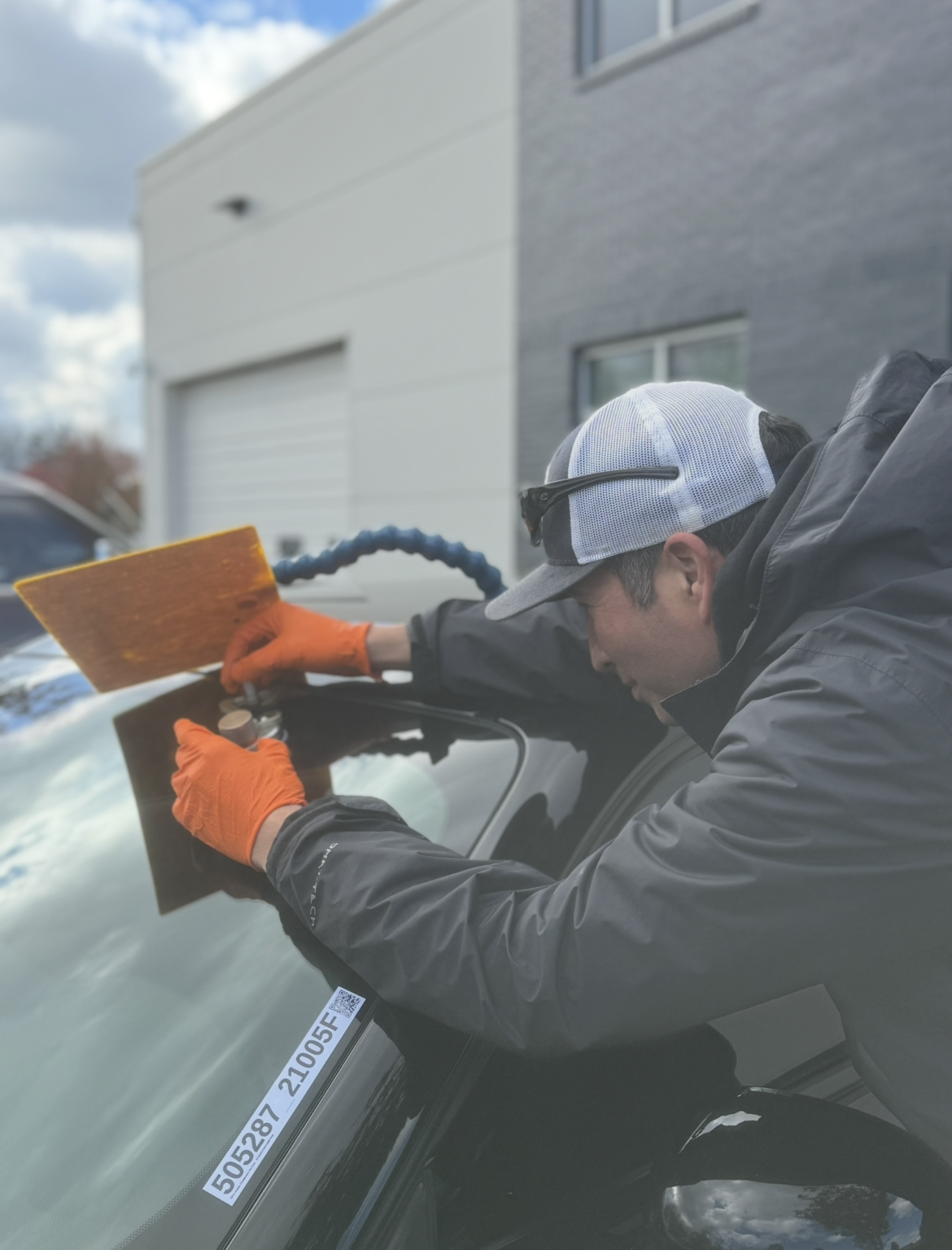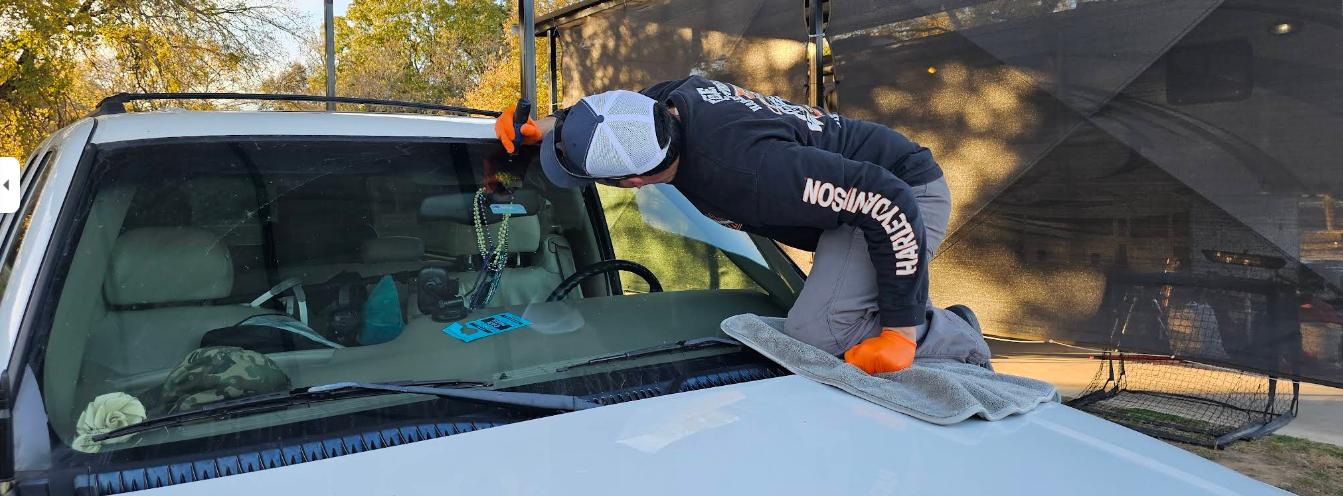RV Windshield Repair vs. Car Windshield Repair: What’s the Difference?
Key Differences Between RV and Car Windshield Repairs
When it comes to maintaining your vehicle, a crack or chip in the windshield can be a source of concern. If caught early, windshield repairs can restore clarity and strength without the need for replacement. However, repairing an RV windshield differs slightly from repairing a standard car windshield. Understanding these differences can help owners make informed decisions and ensure their vehicle stays safe and roadworthy.
Size and Surface Area
One of the most noticeable differences between RV and car windshields is size. RV windshields are significantly larger, often spanning the full width of the vehicle and sometimes extending above the driver's cabin. This larger surface area means that the repair process can be more complex and time-consuming. The increased size also makes precise repairs more challenging, requiring specialized tools and techniques to ensure a thorough fix.
In contrast, car windshields are smaller and easier to manage. Repair technicians can often complete repairs quickly and efficiently due to the limited surface area. The smaller size also means fewer materials are required and less time is needed for the job, making repairs more cost-effective.
Thickness and Material Composition
RV windshields are generally thicker and have a different composition compared to car windshields. They are designed to withstand greater stress due to the vehicle's larger surface area and additional weight. This increased thickness can influence the repair process, as it requires higher pressure and different adhesives to ensure a proper bond.
Car windshields are typically made of laminated glass with a single layer of polyvinyl butyral (PVB) resin between the layers. The repair process for these is well-established and standardized. On the other hand, RV windshields may incorporate multiple layers or specialized laminates, which can complicate repairs and require technicians with specific expertise.
Accessibility and Positioning
Reaching and repairing an RV windshield can be more challenging due to its size and positioning. Many RVs have windshields that are steeply inclined or positioned high above the ground, making access difficult. Technicians often need specialized scaffolding or equipment to safely reach the entire surface.
Car windshields are usually at a convenient height and angle, making repairs easier for technicians. This accessibility often results in shorter repair times and less need for specialized equipment.
Repair Techniques and Materials
While the fundamental techniques—such as injecting resin into the cracked area—are similar for both RV and car windshields, the scale and scope differ. For larger RV windshields, multiple injection points or extensive surface treatments might be necessary. The repair material must be resilient enough to handle larger, potentially more complex cracks.
For car windshields, the repair process is often straightforward. This consistency is why many technicians prefer working on smaller vehicles, where the scope of repair is predictable and the materials used are standardized.
Safety Considerations
Safety is paramount in windshield repairs. For RVs, the larger surface and diverse conditions demand meticulous attention to detail. Improper repair could compromise the structural integrity of the large windshield, thereby affecting the vehicle’s overall safety.
Car windshield repairs generally pose fewer safety risks, given their smaller size and easier access. Still, repairs must be performed correctly, regardless of the vehicle type, to maintain clarity and structural strength.
Cost Implications
Because of their size and complexity, repairs to RV windshields tend to be more expensive than those for standard cars. The need for specialized equipment, more materials, and longer repair times all contribute to higher costs.
Car windshield repairs are usually quicker and less material-intensive, resulting in lower repair costs. Many insurance policies also cover repairs for both types, often with no deductible for minor cracks and chips.
While the basic process of windshield repair is similar for both RVs and cars, several factors—such as size, thickness, accessibility, and material composition—set them apart. RV windshields require more specialized skills and equipment to ensure a thorough, safe repair, whereas car windshield repairs tend to be quicker and more straightforward.
Whether you’re an RV owner or a car enthusiast, addressing chips and cracks early with proper repair can save you money and prevent more costly replacements later. Always consult a qualified technician familiar with your vehicle type to ensure the best results and road safety.
Does Your Vehicle or RV Have Windshield Damage in Waco, TX Area?
If you’ve discovered damage to the windshield of your vehicle or
RV in the
Waco,
Hewitt, or
Bellmead, TX area,
contact us at Arise Windshield Repair. Our mobile technicians can get to you right away and repair damage to any windshield.

